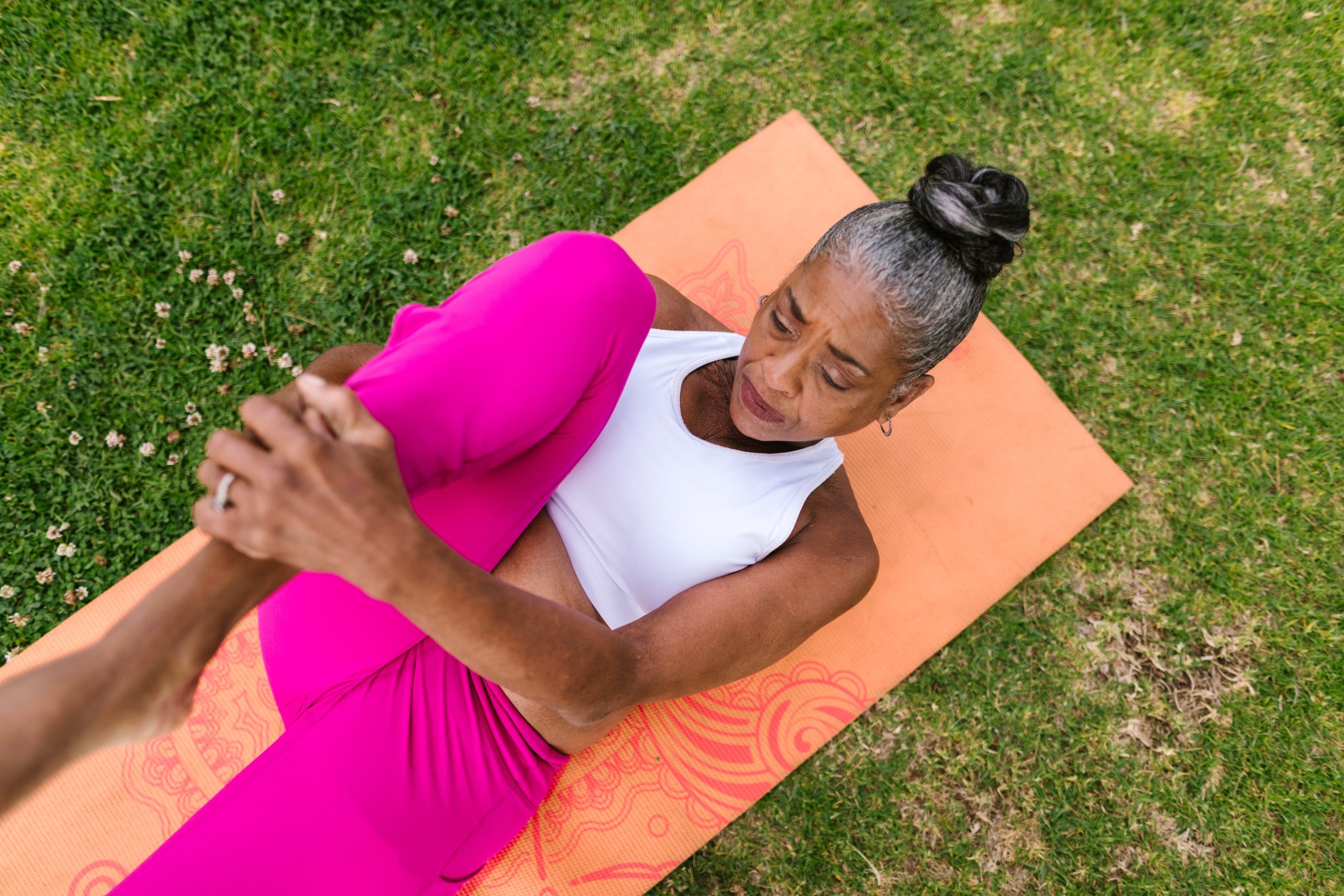The Social Side of Active Aging: Building Connections and Community

The image is not directly related to the article. It merely symbolizes the life of elderly people.
As individuals age, it becomes increasingly important to maintain social connections and build a sense of community. Active aging, a concept that emphasizes the importance of staying physically, mentally, and socially engaged as we grow older, offers numerous benefits for seniors. Building connections and fostering a strong sense of community are vital components of active aging, as they contribute to overall well-being and a higher quality of life.
One of the key advantages of actively engaging in social activities as we age is the positive impact on mental health. Social interaction has been shown to reduce the risk of depression and loneliness, both of which can have detrimental effects on cognitive function and overall happiness. By participating in social activities, seniors can combat feelings of isolation and enhance their emotional well-being.
Furthermore, building connections and community can provide a support system for older adults. As individuals age, they may face various challenges such as health issues, loss of loved ones, or changes in living situations. Having a strong network of friends and acquaintances can be invaluable during these times, offering emotional support, assistance, and a sense of belonging.
Active aging also offers opportunities for seniors to continue learning and growing intellectually. Engaging in social activities often involves learning new skills, participating in discussions, or sharing knowledge and experiences with others. This continuous mental stimulation can help prevent cognitive decline and enhance brain health.
Additionally, building connections and community through active aging can lead to an increased sense of purpose and fulfillment. Seniors who are actively involved in social activities often report a higher level of life satisfaction and a greater sense of meaning in their lives. By participating in group activities or volunteering, older adults can contribute to the betterment of their communities and make a positive impact.
Fortunately, there are numerous ways in which seniors can actively engage in building connections and community. Joining community organizations, clubs, or interest groups that align with their hobbies and passions is a great way to meet like-minded individuals and form new friendships. Participating in fitness or wellness programs designed for older adults can also provide an opportunity to meet new people while improving physical health.
Technology has also opened up new avenues for seniors to connect with others, even if they are unable to leave their homes. Social media platforms, online forums, and video chat applications enable older adults to stay connected with family, friends, and communities, regardless of geographical distance.
In conclusion, the social side of active aging is crucial for seniors to maintain a high quality of life. Building connections and fostering a sense of community contribute to improved mental health, a support system, continuous learning, and a sense of purpose. By actively engaging in social activities and utilizing available resources, older adults can enjoy the benefits of an active and socially connected lifestyle.
The image is not directly related to the article. It merely symbolizes the life of elderly people. As individuals age, it becomes increasingly important to maintain social connections and build a sense of community. Active aging, a concept that emphasizes the importance of staying physically, mentally, and socially engaged as we grow older, offers numerous…
Recent Posts
- Empowering Caregivers: The Best Online and Offline Resources to Enhance Your Skills
- Traveling with a Purpose: The Rise of Volunteer Vacations
- Breaking Stigma: Dispelling Myths about Mobility Aids and Disability
- Avoiding Probate: How Trusts Can Simplify the Estate Settlement Process
- Senior Citizens Beware: Common Financial Scams and How to Stay Protected

